
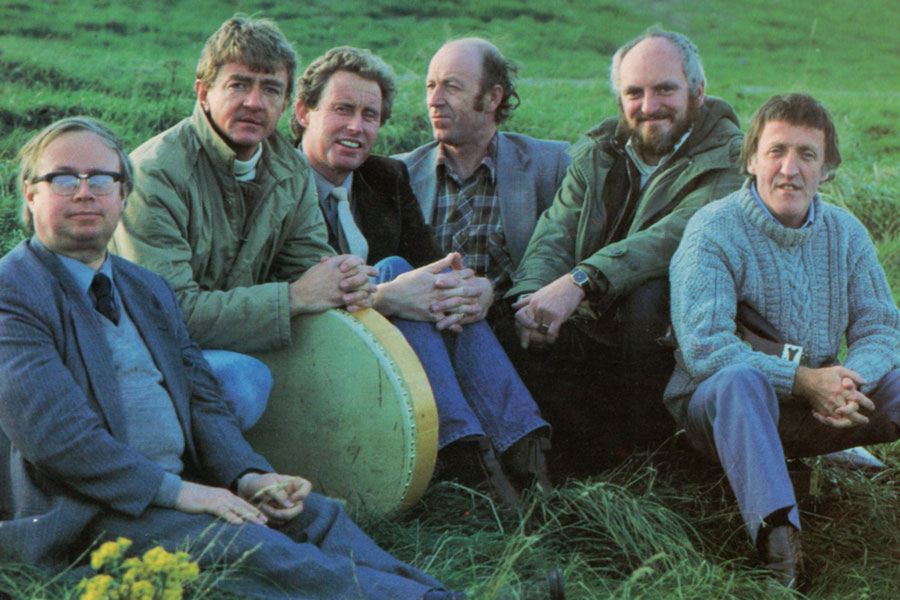
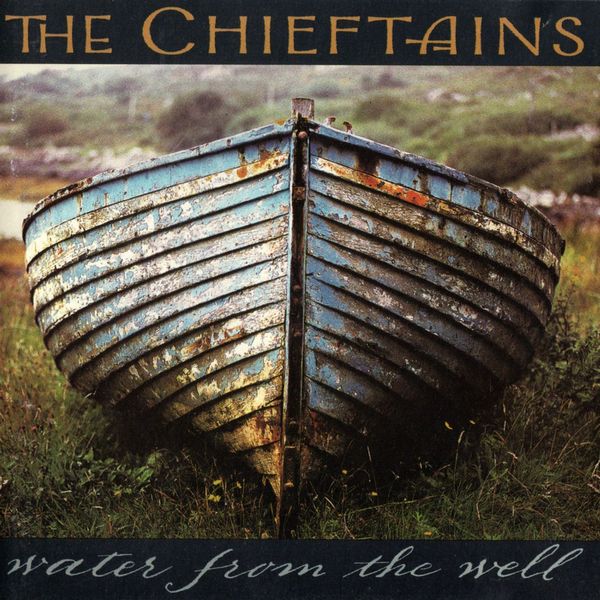 |
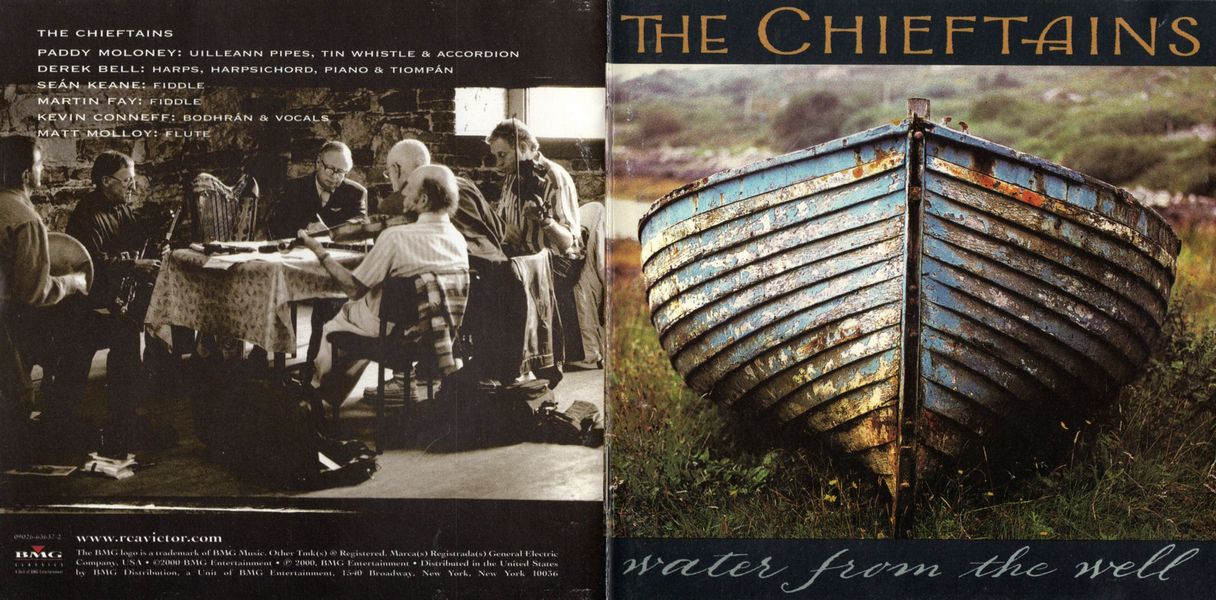
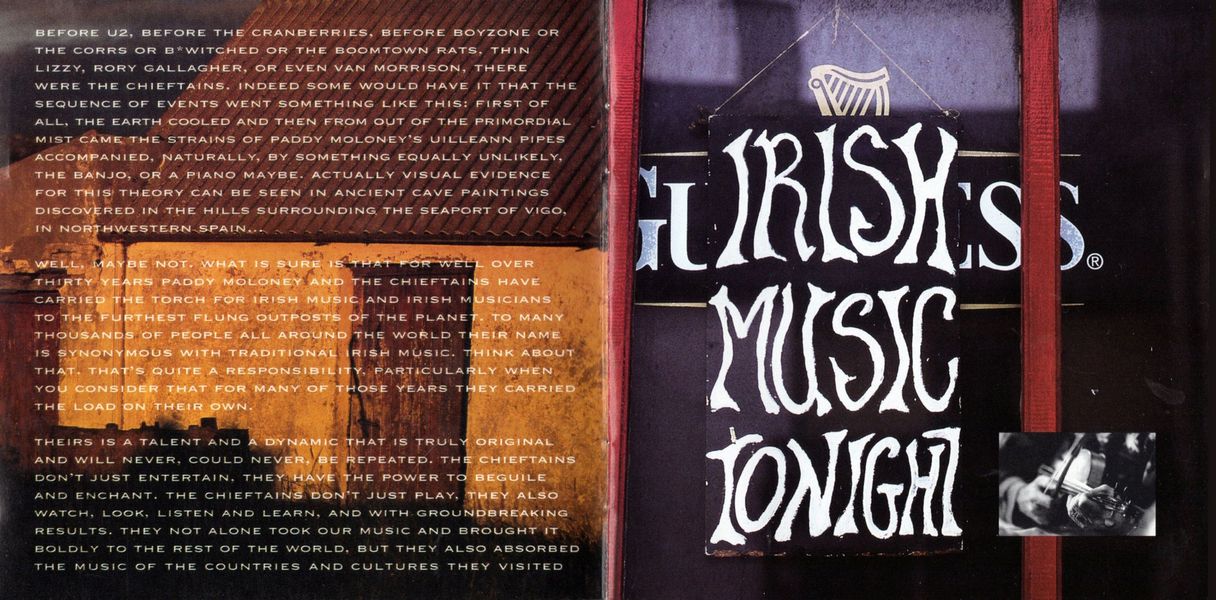
|
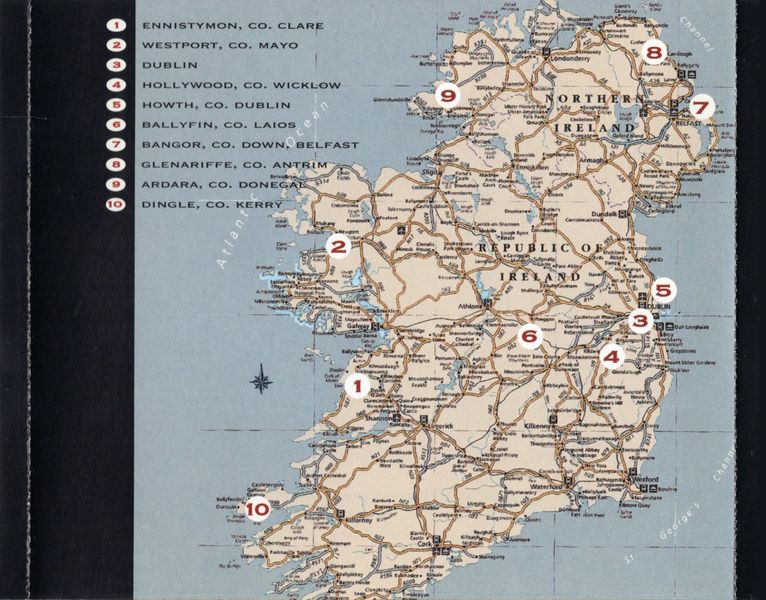
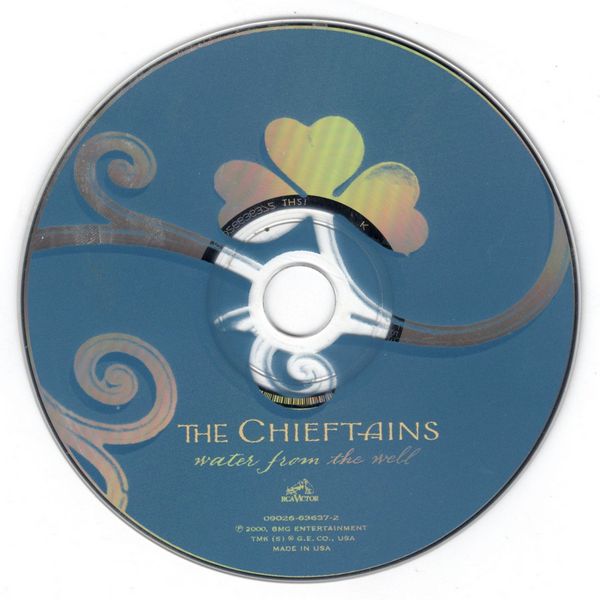
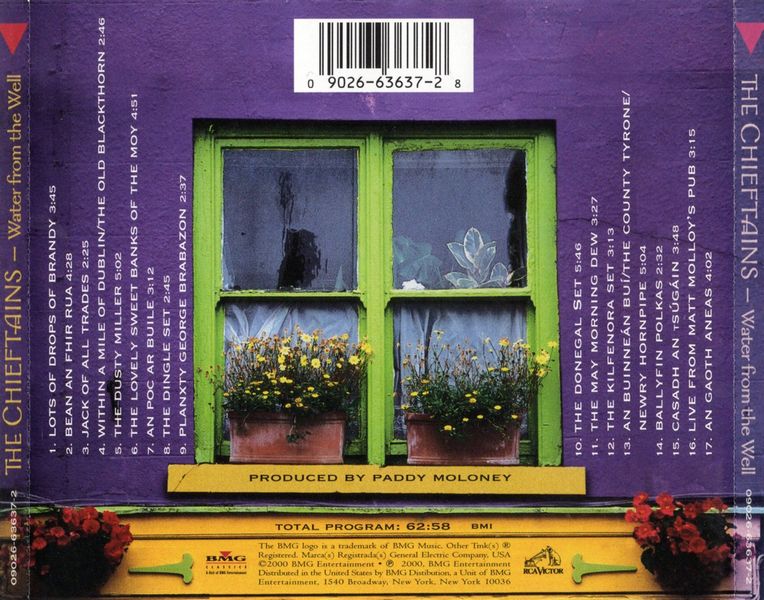 |
| more images |
Sleeve Notes
Before U2, before the Cranberries, before boyzone or The Corrs or B*witched or the Boomtown rats. Thin Lizzy, Rory Gallagher, or even Van Morrison, there were the Chieftains. Indeed some would have it that the sequence of events went something like this: first of all, the earth cooled and then from out of the primordial mist came the strains of Paddy Moloney's uilleann pipes accompanied, naturally, by something equally unlikely, the banjo, or a piano maybe. Actually visual evidence for this theory can be seen in ancient cave paintings discovered in the hills surrounding the seaport of vigo, in Northwestern Spain …
Well, maybe not. What is sure is that for well over thirty years Paddy Moloney and the Chieftains have carried the torch for irish music and irish musicians to the furthest flung outposts of the planet. To many thousands of people all around the world their name is synonymous with traditional irish music. Think about that. That's quite a responsibility. Particularly when you consider that for many of thoose years they carried the load on their own.
Theirs is a talent and a dynamic that is truly original and will never, could never, be repeated. The Chieftains don't just entertain. They have the power to beguile and enchant. The Chieftains don't just play. They also watch. Look, listen and learn. And with groundbreaking results. They not alone took our music and brought it boldly to the rest of the world. But they also absorbed the music of the countries and cultures they visited and then moulded and kneaded and wove it all into something far bigger. It can truly be claimed that not only are the Chieftains world class musicians but, and they won't thank me for saying this, they helped invent what we now know as world music.
But then in their own way they are trend-setters. Long before Riverdance had taken the world by storm and the age of the "sexy" Irish dancer was upon us, the Chieftains stage show featured the best of Irish dancing talent. Michael Flatley and Jean Butler were among the many world champion Irish dancers to debut as professionals on stage with Paddy Moloney and the Chieftains.
The Chieftains have been pioneers, collaborators, innovators, multiple Grammy winners, and one of the most enduring and successful bands to ever come out of Ireland, but first, last and always the Chieftains have been about music — traditional Irish music. While others in the genre looked inwards with a stifling insularity, the Chieftains always looked out, stretching both themselves and the music, eager to learn, confident of their strengths and — most importantly — fearless of the consequences. They are the original collaborators; playing and recording to grammy-winning excellence with anyone who'd stand still long enough.
After what seems like a long time away, Paddy, Seán, Derek Martin, Matt and Kevin are once again turning their full attentionback to the source of all their powers.
'Water from the Well' is a collection of tunes drawm together from the length and breadth of the Island of Ireland. It is, in the trues sense of the world, a musicial journey which see the Chieftains travel back to their musicial roots, revisiting people, places and music they first met way, way back when Moses was a child. 'Water from the Well' sees the Chieftains at their tradional best. Collaboration once again but this time with theirfellow tradional players — friends old and new. But hold on a moment. Is this starting to sound like old ground being turnded one last time? Are you thinking "one final whack for a dead horse?" Don't be ridiculous. This i is the Chieftains. This can be no mere rehash.
Ry Cooder said, "Irish music has always been intensely pictorial. Constantly throwming up images to the listender." You can't really argue with that. Irish music is visual. It's tactile. You can feel it. You can smell it it. It's all around you. Irish music is earthy. Irish music is of the people and of the land. It's full of life and emotion. It's exciting. It' moving. It lives and breathes. To best understand that, you need to stand. Like I did and watch it happen right in from of you: in Matt Molloy's Pub in Westport with four flutes, five fiddles, one bouzouki and the irrepressible pipes — there were even two harps for God's sake; in the community hall in Kilfenora with a sprinkling of the famous Ceilidh Band; in Dingle with copious singers and squeeze boxes; in Laois with the set dancers; in th Glens of Antrim with another twelve harper — what is it with the harpers?; in Donegal with the one and only Altan. What did I learn? That if music is a language then Irish music has as many dialects as it has townlands and parishes what did I witness? A remarkable group making a remarkable album.
This is an intimate, detailed and highly personal account of the state of the traditional nation in the last moments of (here comes that dreaded word) the millennium. This is a marker in time. What this record says is, "right here, right now, it sounded like this." In another thousand years someone may retrace this journey through the tradional landscape. I wonder what they'll find? Of course the chances are that person will be Paddy Moloney, still breaking in that same old reed. Which brings me back to those cave painting …
Maurice Linnane
Film Director
Dreamcasher Productions
Within a Mile of Dublin & The Old Blackthorn — Almost an original member of the Chiefains, Barney McKenna of the Dubliners performs these grand old tunes harkening back to early rehearsals with the Chieftains.
Dusty Miller — The Ketch (called "Sullivan John") & Dowds No. 9. The first version of "Dusty Miller." Which is quite rare, was collected from Colm O Ciaodheain from Connemara Co. Galway by Seamus Ennis. An uilleann piper and folklorist. Dowds No. 9 was named after John O'Dowd, an old Sligo fiddle master.
Lovely Sweet Banks of the Moy — This tune was composed in honour of Michal Davitt from Straide, Co. Mayo who had found the land league in 1879. This track is dedicated to Jack Davitt, descendant of Michael Davitt and long time friend of the Chieftains.
An Poc Ar Buile (The Mad Puck Goat) — This song tells the story of the wild goats that roam the hills of Kerry. Every so often they wander into one of the local towns where mayhem is sure to follow. Perhaps that's the reason these poor creatures often end up as bodhrans.
Dingle Set — Tom Billy's, Gladstone & The Star above the Garter (reels)
Planxty George Brabazon — This tune was composed by the famous 17-18th Irish Harper O'Carolan in honor of his patron George Brabazon
The Donegal Set — Willy's Single, King of the Pipers & The Glen Road to Carrick
The Kilfenora Set — A set of favorite tunes with members of the very famous Kilfenora Ceilidh Band of County Clare
Casadh an tSúgáin (Twisting of the Rope) — This is a lovely story of a man who was courting a young girl who wasn't interested in him. He would come to come to her house every day and she would try to get rid of him. Finally, one day when he stopped by. Her mother asked for his help to make rope by twisting straw. The twisted straw was used to bind the cocks hay. He happily agreed to please her by helping. They began to twist the rope. However, the rope got so long that eventually he was outside and they promptly shut the door on him. What a clever pair they were!
Live From Matt Molloy's Pub — Fred Finns, Castle Kelly & The Red Haired Lass (reels)
These tunes were popularised by Jimmy Murphy and Peter Horan of South Sligo. The boys and Matt have been playing them for years.